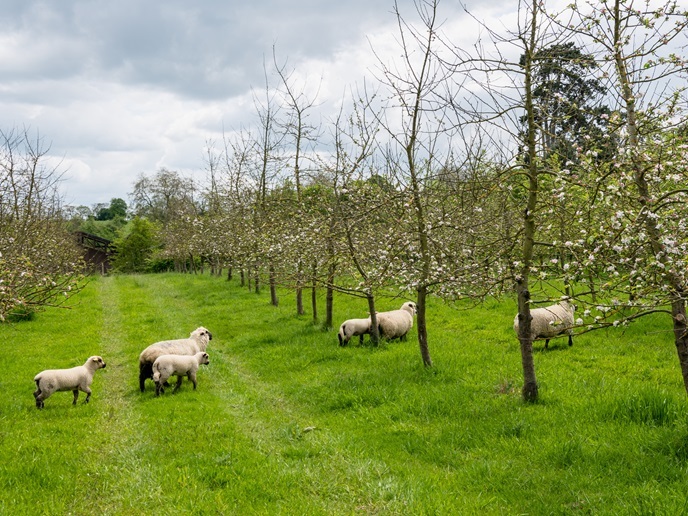Encouraging sustainable consumption of local pork helps preserve breeds
When it comes to pork, consumers increasingly expect more sustainable production, with lower environmental impact, alongside assurances of higher animal welfare standards. While for farmers, economic sustainability and efficiency are clearly crucial. The EU-supported TREASURE project grew from an understanding that one solution would be to increase the value of pork to consumers, by guaranteeing its quality and provenance, such that they would be willing to eat less, but pay more. Key to this is preserving the genetic diversity of local pig breeds for sustainable farming. TREASURE developed tools that described and evaluated the performance of local pig breeds across agro-geo-climatic conditions and production systems (indoor, outdoor, organic). The project published an open access book with information on the main productive traits of representative local European pig breeds, census evolution, production systems, and breeding association details. The team also generated significant genomic data highlighting the adaptive capacity and resilience of these breeds. This knowledge allows breeders and scientists to better identify untapped potential amongst breeds, and adjust their pig management strategies accordingly. The project also assessed consumer attitudes, especially as regards pricing to support marketing strategies.
Improved animal husbandry
The technology developed by TREASURE was designed to improve pig breeding, feeding and management techniques. “TREASURE proposed an alternative paradigm to modern intensive pig production based on better use of untapped, often endangered, local pig breeds,” says project coordinator, Dr Marjeta Candek-Potokar. One tactic was to study the nutritional requirements of pig breeds, by undertaking metabolic experiments (available for two breeds) and mathematical modelling using InraPorc software(opens in new window). The team also studied locally available feeding resources and feed by-products, evaluating product quality, environmental impact and epigenetic consequences. Genetic information about the breeds was collected for breeding and conservation programmes, to demonstrate the authenticity of products and better understand the adaptive capacity of these breeds. While the genomic data collected has not yet been fully analysed and exploited, two tools have already been developed. The first tool is used for authenticating pork meat from the Mora Romagnola breed(opens in new window) (patent pending), by identifying two specific genotype loci. Secondly, it was discovered that metagenomic characterisation of the intestinal microbiota of pigs could authenticate the Iberian pig, traditionally processed within the free-range ‘montanera’(opens in new window) production system.
Reaching consumers
Thanks to TREASURE’s promotional activities, consumer interest in local produce has increased, helping local conservation work, with the project’s impacts ongoing. Farmers of the Croatian Turopolje breed(opens in new window) for example, have developed new products (dry-cured salami, bacon, ham) and put them on the market for the first time. Additionally, the new Ribatejano(opens in new window) (crossed genotype), developed within TREASURE, is now being commercially bred in Portugal. A healthier, low salt content cured pig product was also developed in Portugal. With breeders’ associations active in the project, an umbrella European trademark(opens in new window) was registered to further promote local pig breeds and help their products gain market recognition. “While there is some regional variation, overall our results show that Europeans recognise and value the role played by traditional breeds and related landscapes and are willing to contribute to the maintenance of these farming systems and protection of these breeds,” says Dr Candek-Potokar. Along with further research into the characteristics of traditional breeds, the work of the project will continue with the development of farmers’ networks to promote the TREASURE trademark.







